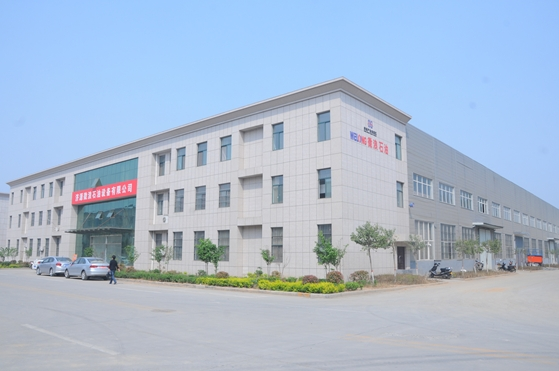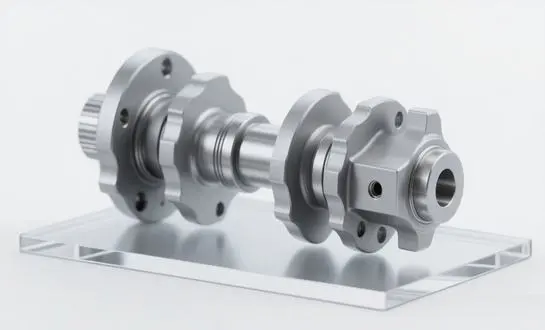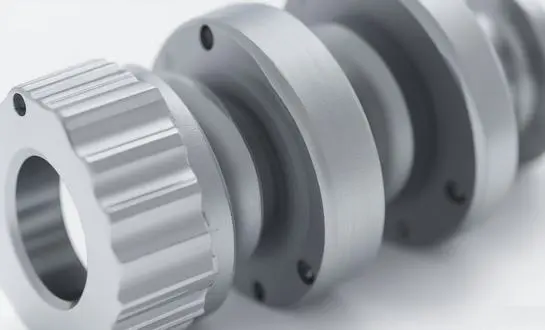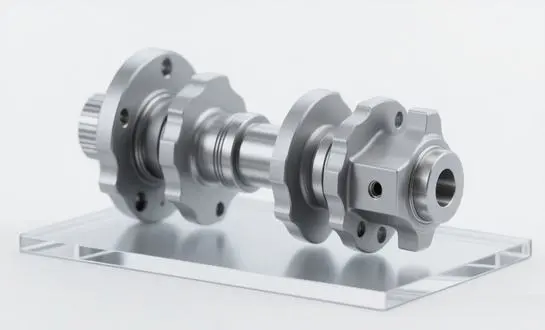Understanding the Key Functions of Leveling and Tension Rolls
The Role of Leveling Rolls in Coil Processing
Leveling rolls are fundamental components in the metal processing industry, particularly in operations involving sheet metal and coils. These precision-engineered tools are designed to eliminate shape defects such as edge wave, center buckle, and coil set. By applying controlled pressure and bending to the material, leveling rolls effectively redistribute internal stresses, resulting in a flatter, more uniform product.
The process of leveling involves passing the metal sheet through a series of offset rolls, each strategically positioned to induce alternating bends in the material. This repeated bending action works to equalize the stresses across the sheet's surface and through its thickness. As a result, leveling rolls play a crucial role in enhancing the material's flatness, improving its formability, and preparing it for subsequent processing or end-use applications.
The Importance of Tension Rolls in Material Handling
Tension rolls, while often overshadowed by their leveling counterparts, play an equally vital role in coil processing. These rolls are responsible for maintaining consistent tension throughout the processing line, which is essential for several reasons:
- Preventing material wrinkling or sagging
- Ensuring smooth and continuous material flow
- Facilitating accurate measurements and inspections
- Supporting proper operation of other processing equipment
Tension rolls work by applying a controlled force to the material as it moves through the processing line. This tension helps to keep the material taut and stable, which is particularly important when dealing with thin or delicate materials that are prone to deformation.
How Leveling and Tension Rolls Impact Material Quality
The Effect of Leveling Rolls on Material Flatness and Stress Relief
The impact of leveling rolls on material quality cannot be overstated. By effectively flattening the material and redistributing internal stresses, these rolls contribute significantly to the overall quality and usability of the processed coils. Some key benefits include:
- Improved flatness tolerance, crucial for downstream processes
- Enhanced surface quality, reducing the risk of defects in finished products
- Increased material consistency, leading to better predictability in manufacturing processes
- Stress relief, which can improve the material's formability and reduce the likelihood of spring-back in subsequent forming operations
The precision of leveling rolls allows for fine-tuning of material properties, making them indispensable in industries where tight tolerances and high-quality standards are the norm.
Tension Rolls' Contribution to Material Handling and Processing Efficiency
While tension rolls may not directly alter the material's physical properties to the extent that leveling rolls do, their contribution to overall processing quality and efficiency is significant. Proper tension control ensures:
- Consistent material feed, reducing the risk of jams or misalignments
- Improved accuracy in cutting and shaping operations
- Prevention of surface scratches or marring during processing
- Enhanced stability for in-line measurements and quality control procedures
By maintaining optimal tension throughout the processing line, these rolls play a crucial role in ensuring that the material reaches subsequent processing stages in the best possible condition, thereby supporting the overall quality of the final product.
Optimizing Your Coil Processing: Balancing Roll Types
Integrating Leveling and Tension Rolls for Maximum Efficiency
To achieve optimal results in coil processing, it's essential to view leveling rolls and tension rolls not as competing elements, but as complementary components of a well-designed processing system. The key lies in understanding how these two types of rolls can work together to enhance overall processing efficiency and product quality.
An effective integration strategy might involve:
- Positioning tension rolls strategically before and after the leveling section to ensure proper material feed and maintain flatness post-leveling
- Implementing advanced control systems that synchronize the operation of leveling and tension rolls, allowing for real-time adjustments based on material properties and processing requirements
- Utilizing feedback mechanisms to continuously monitor and optimize the balance between leveling pressure and material tension
By carefully balancing the functions of leveling rolls and tension rolls, processors can achieve superior flatness, improved surface quality, and enhanced overall efficiency in their coil processing operations.
Customizing Roll Configurations for Specific Material Requirements
Different materials and end-use applications may require varying approaches to leveling and tensioning. Customizing roll configurations to meet specific material requirements can lead to significant improvements in processing outcomes. Considerations for customization include:
- Material thickness and hardness, which influence the required leveling force and roll spacing
- Desired final flatness tolerances, which may necessitate more or fewer leveling passes
- Surface sensitivity of the material, affecting the choice of roll coatings or finishes
- Processing speed requirements, which can impact the design of both leveling and tension roll systems
By tailoring roll configurations to the specific needs of each material and application, processors can optimize their operations for maximum efficiency and product quality.
Conclusion
In the ongoing debate of leveling rolls vs. tension rolls, it's clear that both play indispensable roles in the coil processing industry. While leveling rolls may have a more direct impact on material flatness and stress relief, tension rolls are crucial for maintaining processing stability and efficiency. The key to success lies not in choosing one over the other, but in understanding how to effectively integrate and balance these two essential components.
As technology continues to advance, we can expect to see further innovations in both leveling rolls and tension roll designs, leading to even more efficient and precise coil processing capabilities. Processors who stay informed about these developments and adopt a holistic approach to their roll systems will be best positioned to meet the evolving demands of the metal processing industry.
Call to Action
Are you looking to optimize your coil processing operations? At Welong, we specialize in providing high-quality, customized solutions for the metal processing industry. Our expert team can help you design and implement the perfect balance of leveling and tension rolls to meet your specific needs. With our ISO 9001:2015 and API 7-1 certifications, you can trust in our commitment to quality and industry standards.
Don't let suboptimal roll configurations hold back your productivity. Contact us today at oiltools15@welongpost.com to learn how we can help you achieve superior flatness, improved surface quality, and enhanced overall efficiency in your coil processing operations. Let Welong be your partner in driving innovation and excellence in metal processing.





